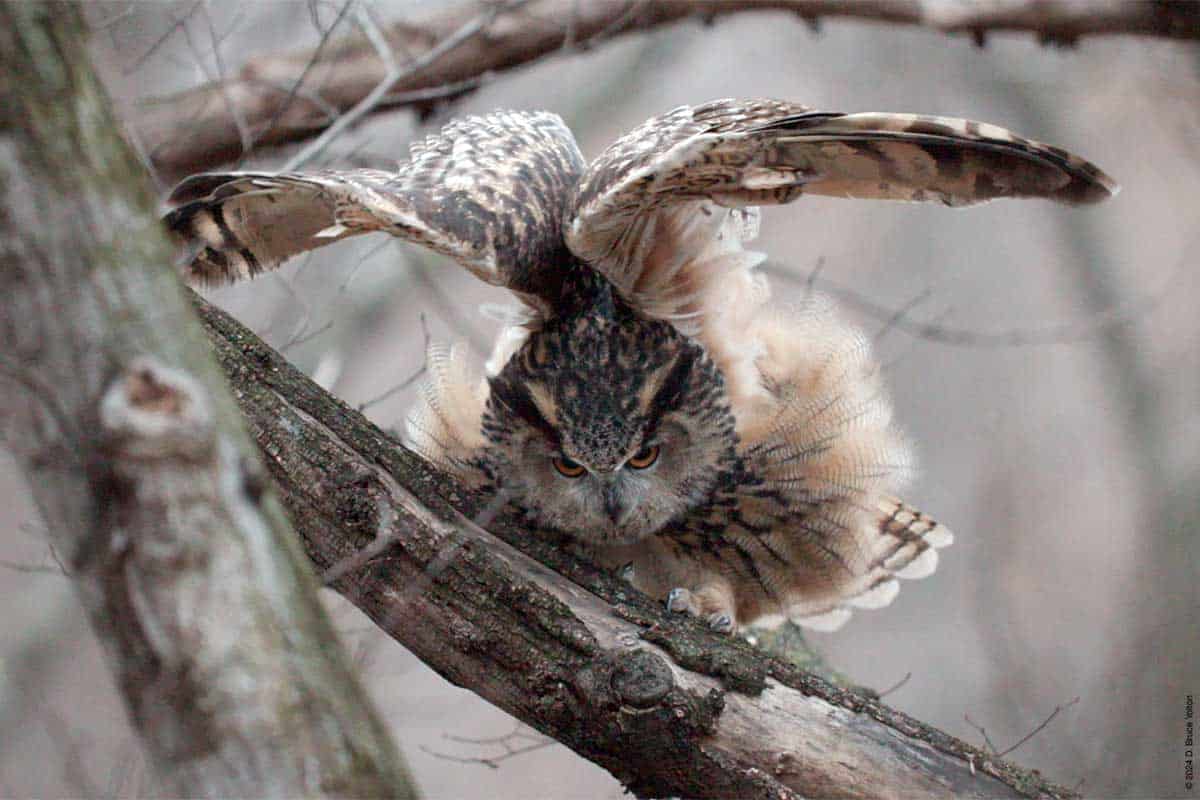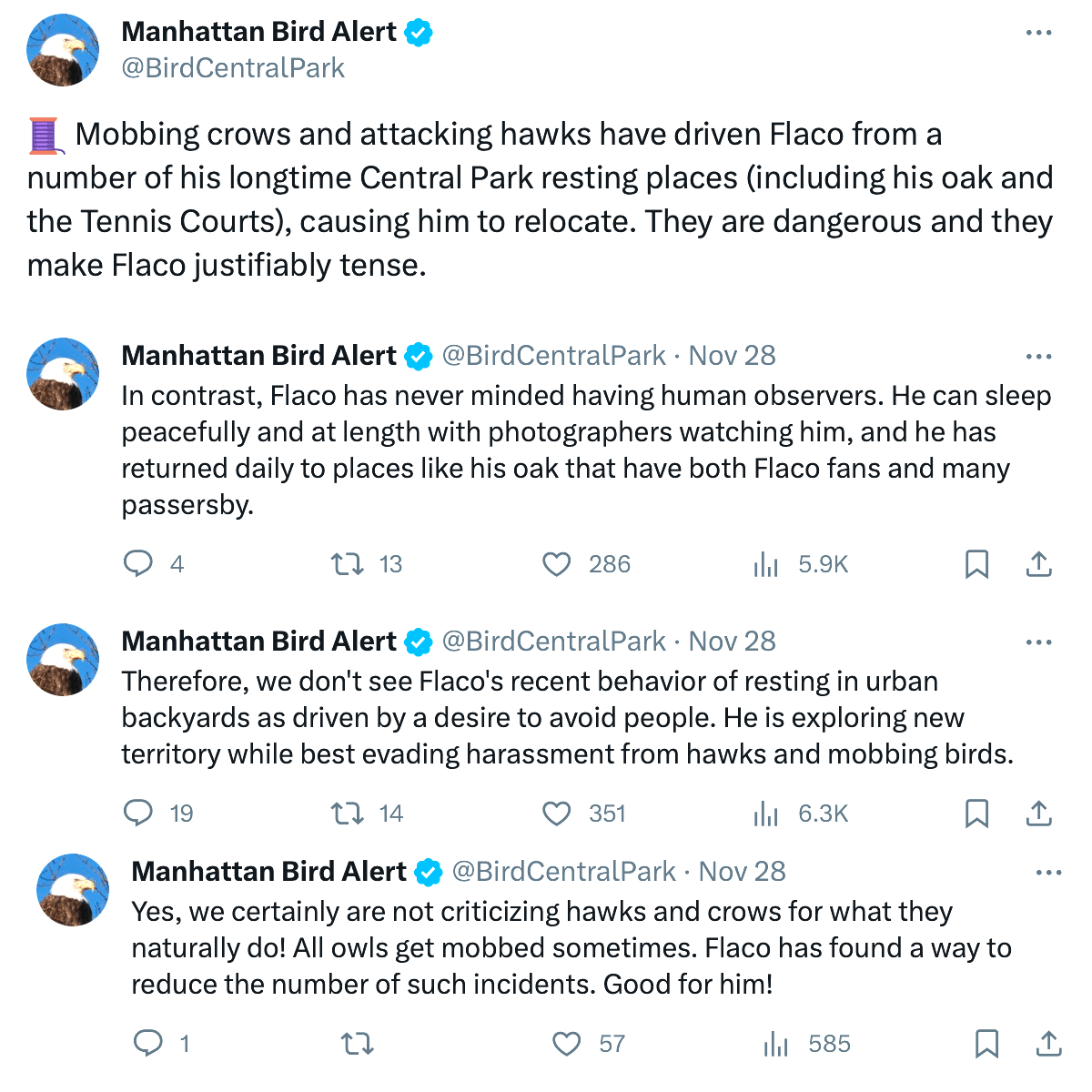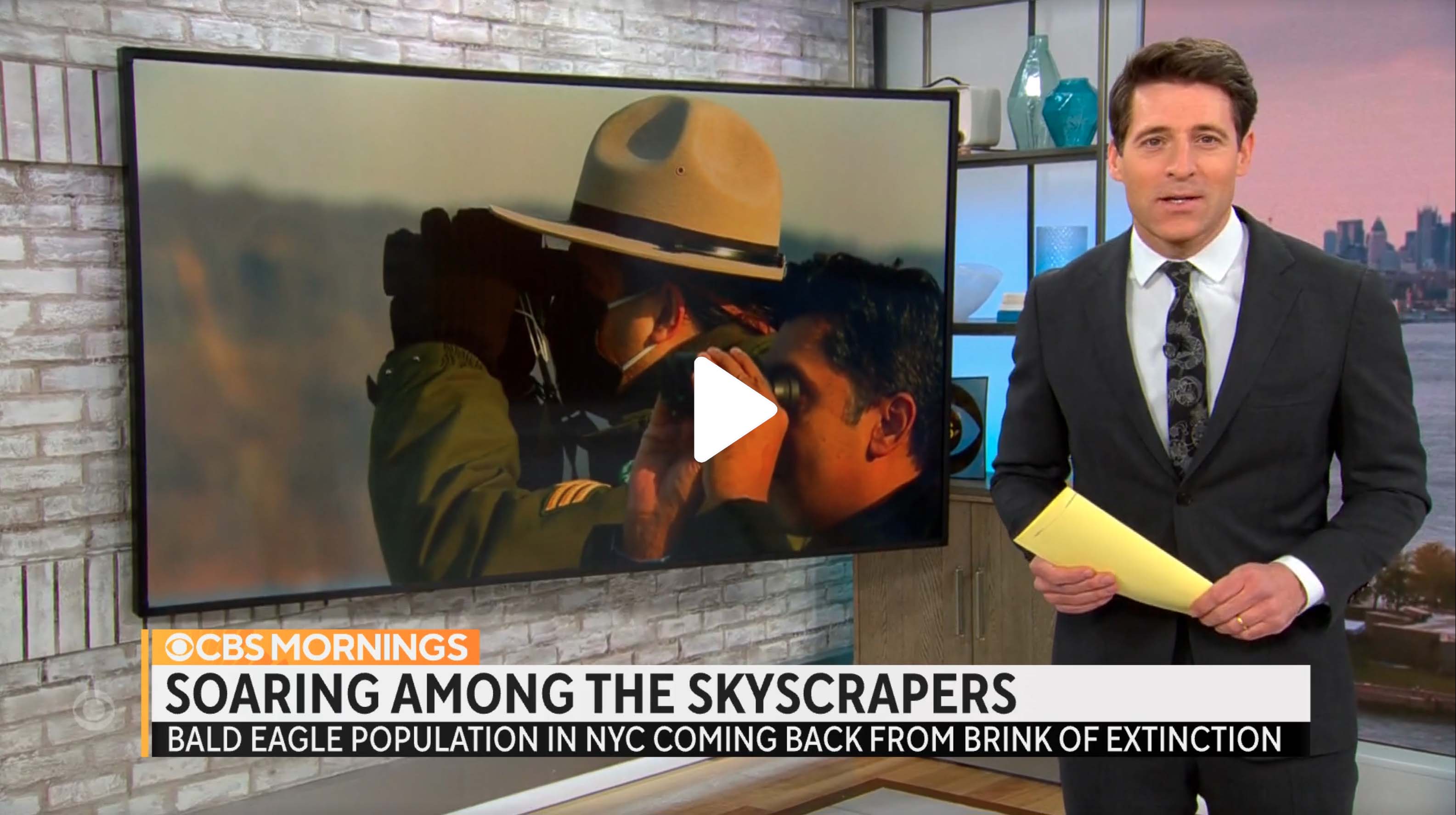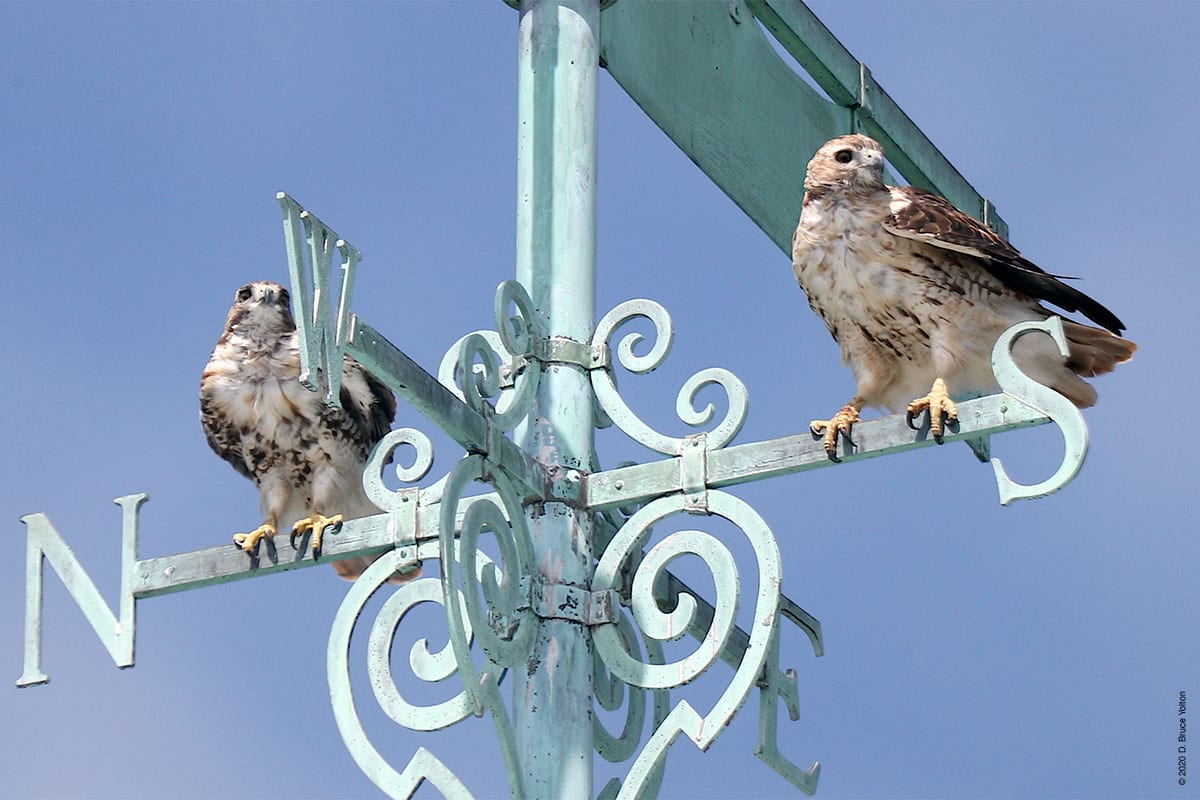Flaco’s Postmortem Lab Results
The postmortem lab results had come back for Flaco. You can read the details on the Wildlife Conservation Society (WCS) website. The testing revealed two underlying that contributed to his death, a herpesvirus most likely transmitted from his prey of Rock Pigeons, and exposure to four different rodenticides due to his consumption of Brown Rats.
His cause of death, which was initially linked to a collision or fall, was precipitated by these two underlying conditions. As, I said a few weeks ago, what really killed Flaco was science denial. While the vandal who released him is untimely responsible for Flaco’s death, there were many organizations that failed Flaco.
The zoo failed to protect and recover Flaco. The Wildlife Conservation Society (WSC) has never addressed the poor security at the Central Park Zoo, the public relations vacuum that led to the disruption of the rescue attempts, and the abandonment of the rescue attempts after only two weeks which the WCS justified because of Flaco’s ability to feed himself, ignoring the risks he faced in Manhattan and the risks he posed to native wildlife.
Social Media influencers, such as David Barrett, who actively interfered with the rescue efforts to recover Flaco also share responsibility for Flaco’s death. As does both the print and television media, who rather than calling for Flaco’s recapture, glorified his existence outside of the zoo as some wonderful expression of freedom and an immigrant story of someone arriving in the Big Apple and making a new life.



